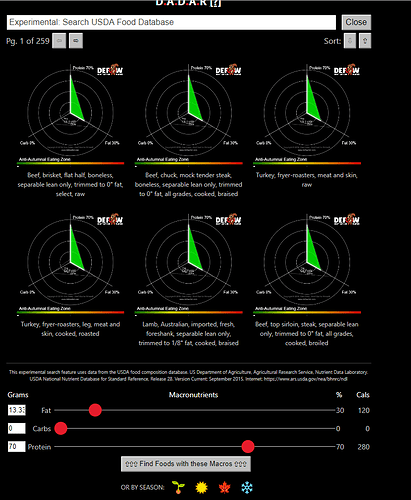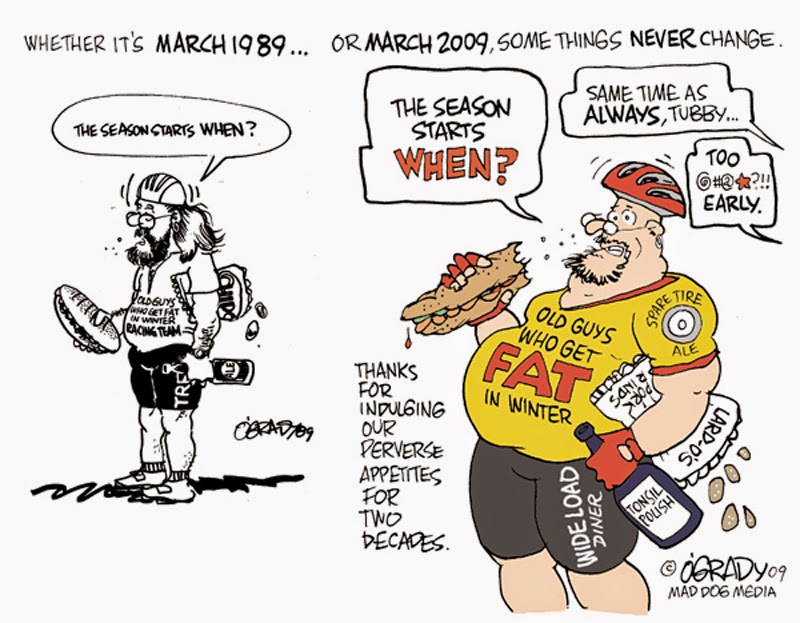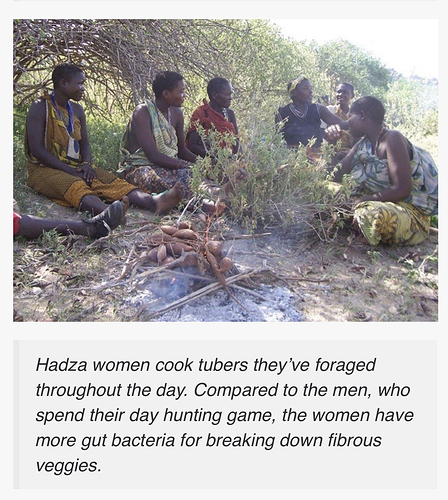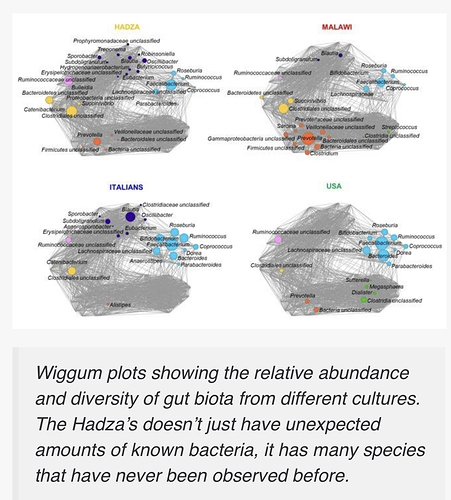Get the smelling salts ready for @Fangs
These two go into it a bit deeper than Dr. (bias is showing) Berry
Speaking of which he left a comment on their video:
Presenting Dr. Berry’s video, while fun to watch, and he likes to claim that common sense is some kind of authority, it just is only a philosophical argument: argumentum ab auctoritate
Some interesting parameters developing.
The KetoConnect pair use a quantifiable dose of processed potato starch.
Dr Berry and his n = 5, has type 2 diabetics reporting on eating cooked and cooled pasta. Two different plant sources of starch. Pasta is an RS3, whereas potato starch is an RS2.
Now, back in 2017 when it was all the rage to argue about resistant starch, I just wrote it off as I was on keto and I didn’t need it.
But @atomicspacebunny Bunny has some interesting points to make about the gut biome and butyrate producing gut bacteria in the large intestine (colon), the place where we are at risk of colonic cancer.
So, it’s worth another look. The fibre debate as we see the rise of the carnivore diet showed us the science and the lack of science. With pro-fibre advocates pinning their hopes on a mouse study that showed that the mucus layer thinned in the colon when mice were fed no fibre. Dr. Salad (Dr. Saladino) did a good job of pulling that study apart. The interesting thing here is that we move from one indigestible substrate (plant fibre) for people, to another indigestible molecule, potato starch.
I’m suggesting RS2 potato starch as a first try.
So I was thinking I would do an n=1 over the weekend.
On further thought I wondered if we could use the brain power and enthusiasm of the ketogenic forums to design and test a resistant starch experiment?
If the resistant starch dose results in a rise in blood glucose and drops volunteers out of ketosis, we have one answer.
If it does not, then we have the challenge of further research and the ability to consider that resistant starch may have its unique place in gut health, especially for those wanting to follow carnivore diets over a long term.
How would we design an experiment?
@atomicspacebunny probably has a per lb of body weight dose of resistant starch, probably an RS2 Type 2 resistant starch (?), we could use as standard? A dose, hopefully, that feeds the biome and does not inadvertantly push into rising blood glucose.
If we design something, we could present it to the forums as a community science experiment and see if we could generate some significant data?
Ref: https://www.ketogenicforums.com/search?q=resistant%20starch








